
Chinese researchers say rocks brought from the moon as part of the Chang E5 mission are 2 billion years old. It is about 100 million years younger than the rocks that were previously brought to Earth from the Moon. Researchers at the Chinese Academy of Geological Sciences point out that this is evidence that volcanoes have been active on the moon longer than previously thought.
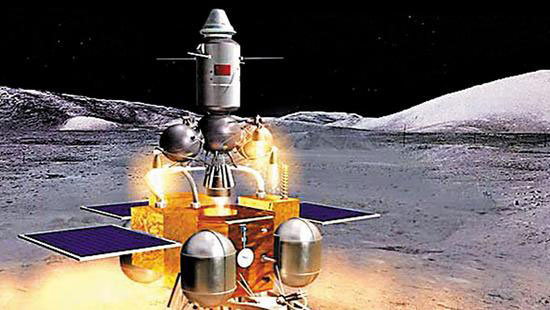
China’s Chang E5 will be launched from Hainan Island on November 23, 2020. The Chinese spacecraft, which landed on the lunar surface on December 1, collected about 1731 grams of material from the moon. It returned to Earth on December 16 with objects collected from the moon.
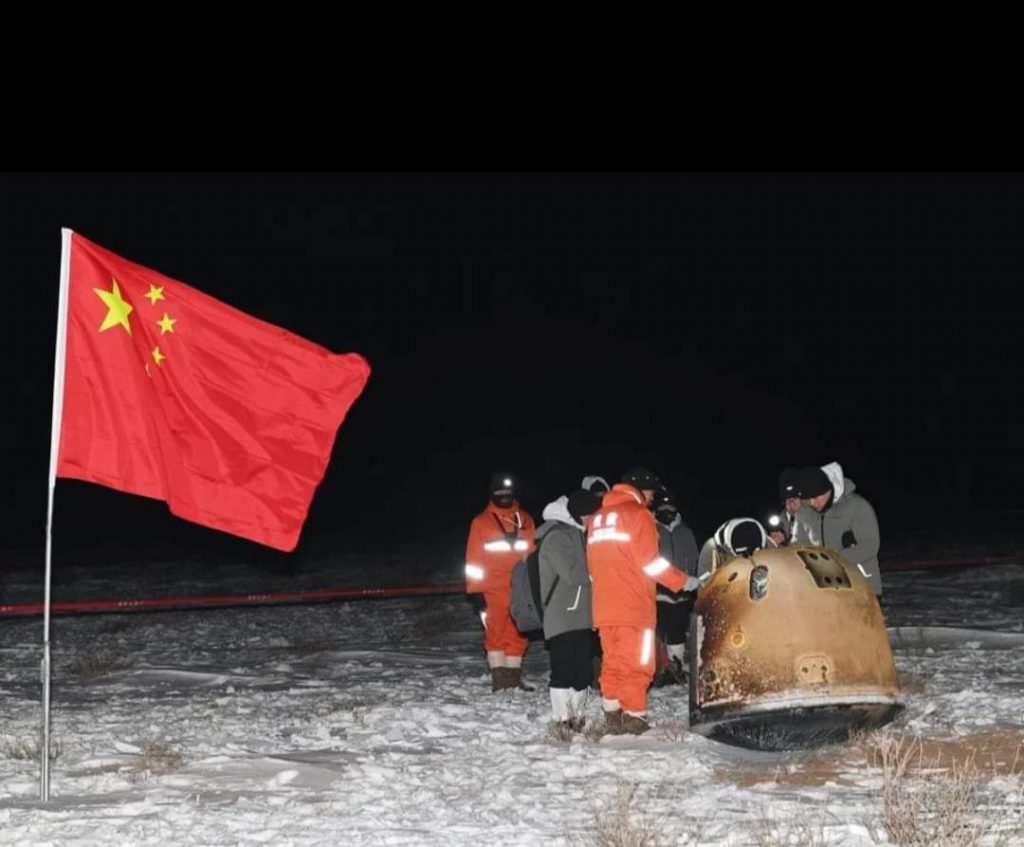
‘We estimate that objects from the Moon are about 2 billion years old. It may have a maximum fluctuation of 50 million years. This is a very accurate calculation given the age and chronology of the planets. The study was conducted in a laboratory in Beijing, one of the world’s most modern laboratories in the region, and was dated, “said Brad Jolif, director of the MacDonald Center for the Space Sciences at the University of Washington.
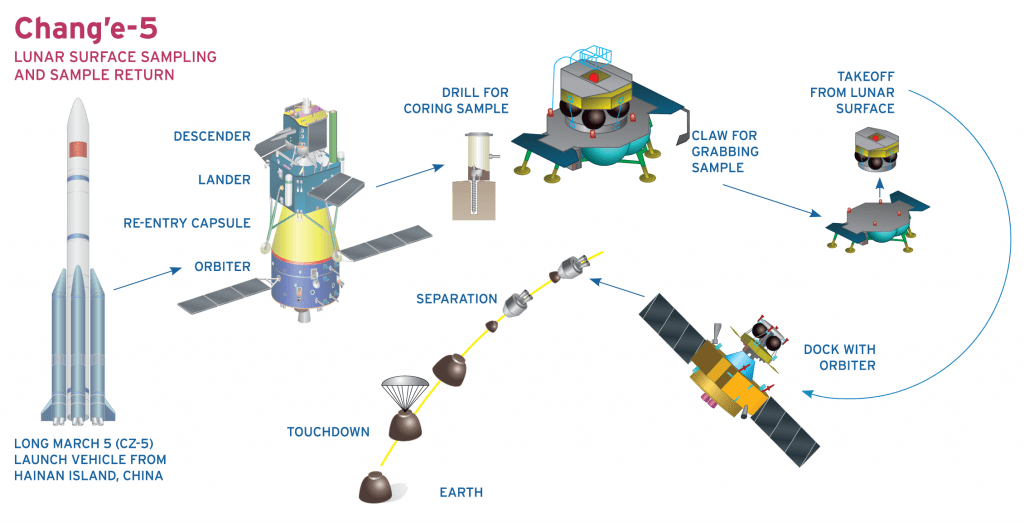
The Moon is estimated to be about 450 million years old. It is about the same age as Earth. The moon does not have the phenomena of the formation of mountains or the disappearance of craters like on Earth. Using these craters, which have not changed significantly over billions of years, the age of the various regions of the Moon’s surface is estimated.
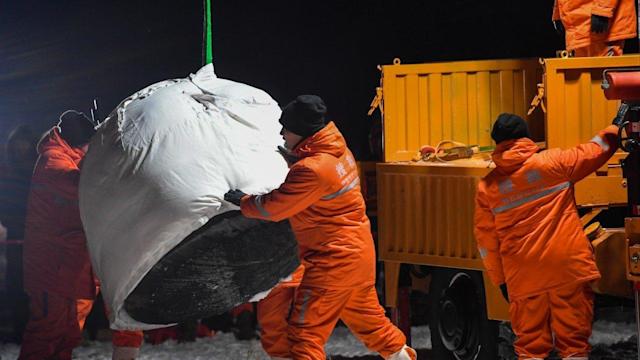
Between 1969 and 1972, NASA’s six Apollo missions delivered 382 kilograms of lunar objects to Earth. This includes rocks, soil, pebbles, and dust. The lunar samples sent to Earth by the Apollo missions were estimated to be 300 million years old.
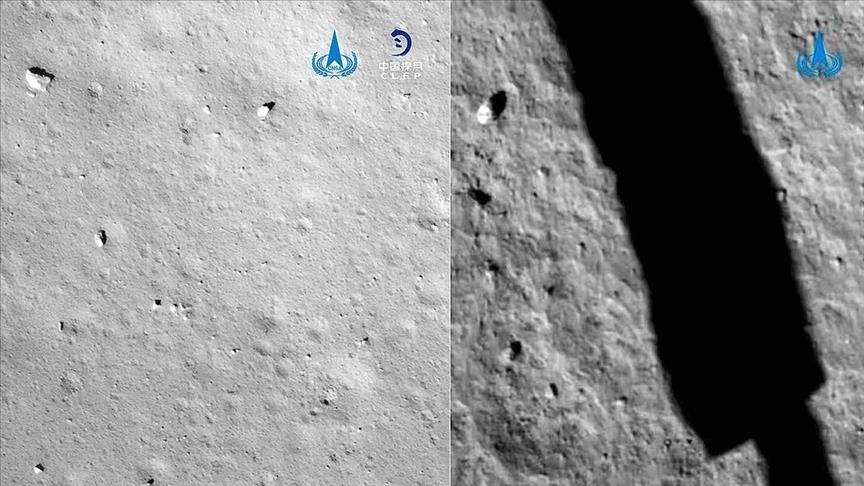
The lunar parts brought by Chang E5 are about 200 million years old. Chang E5, the first lunar mission to land on Earth since the 1970s, landed on the Moon’s Oceanus Prosciurium. It is an area of lava flow from volcanoes that were active millions of years ago. The study was published in the journal Science.
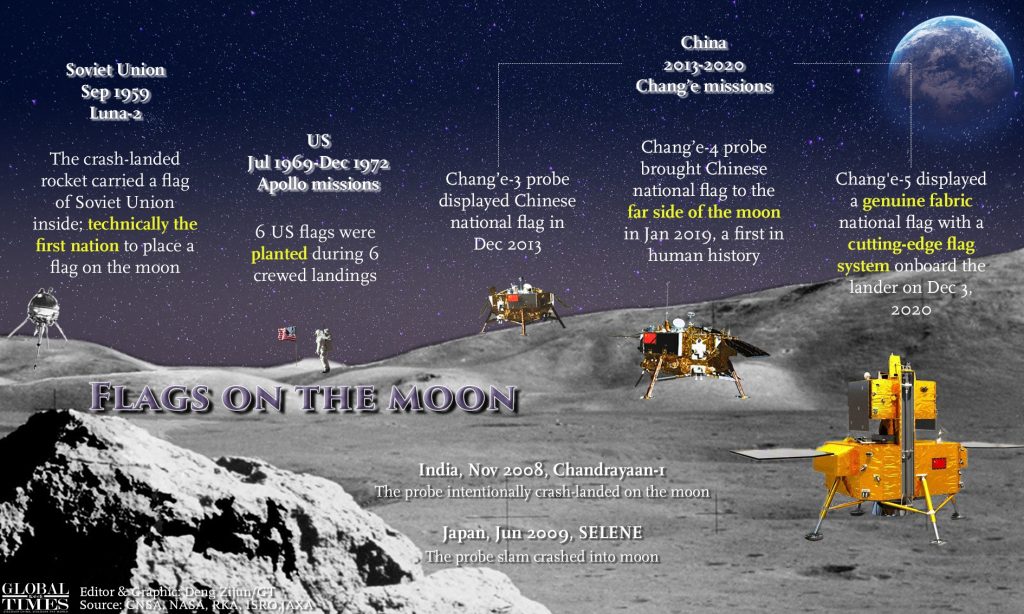


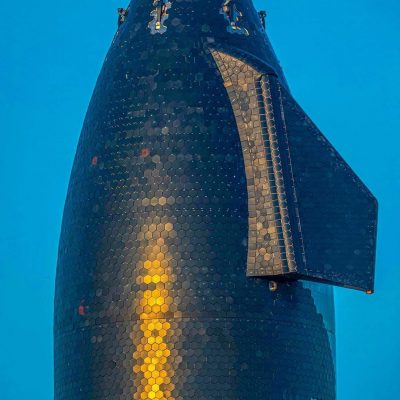
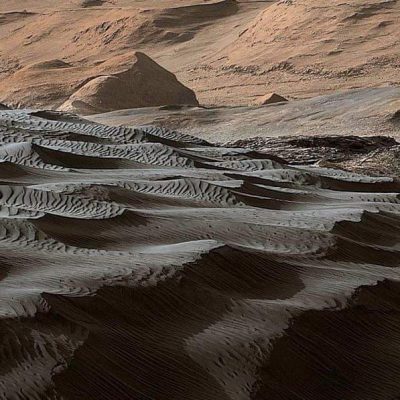
Recent Comments